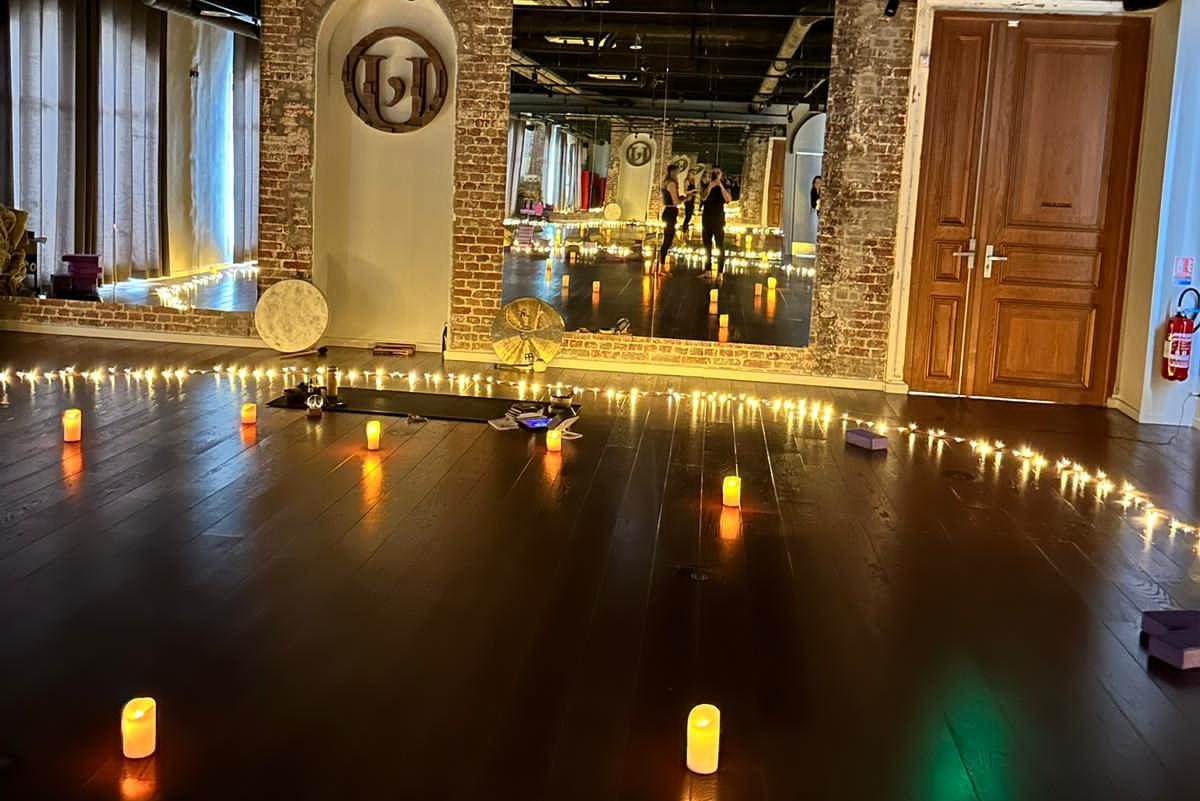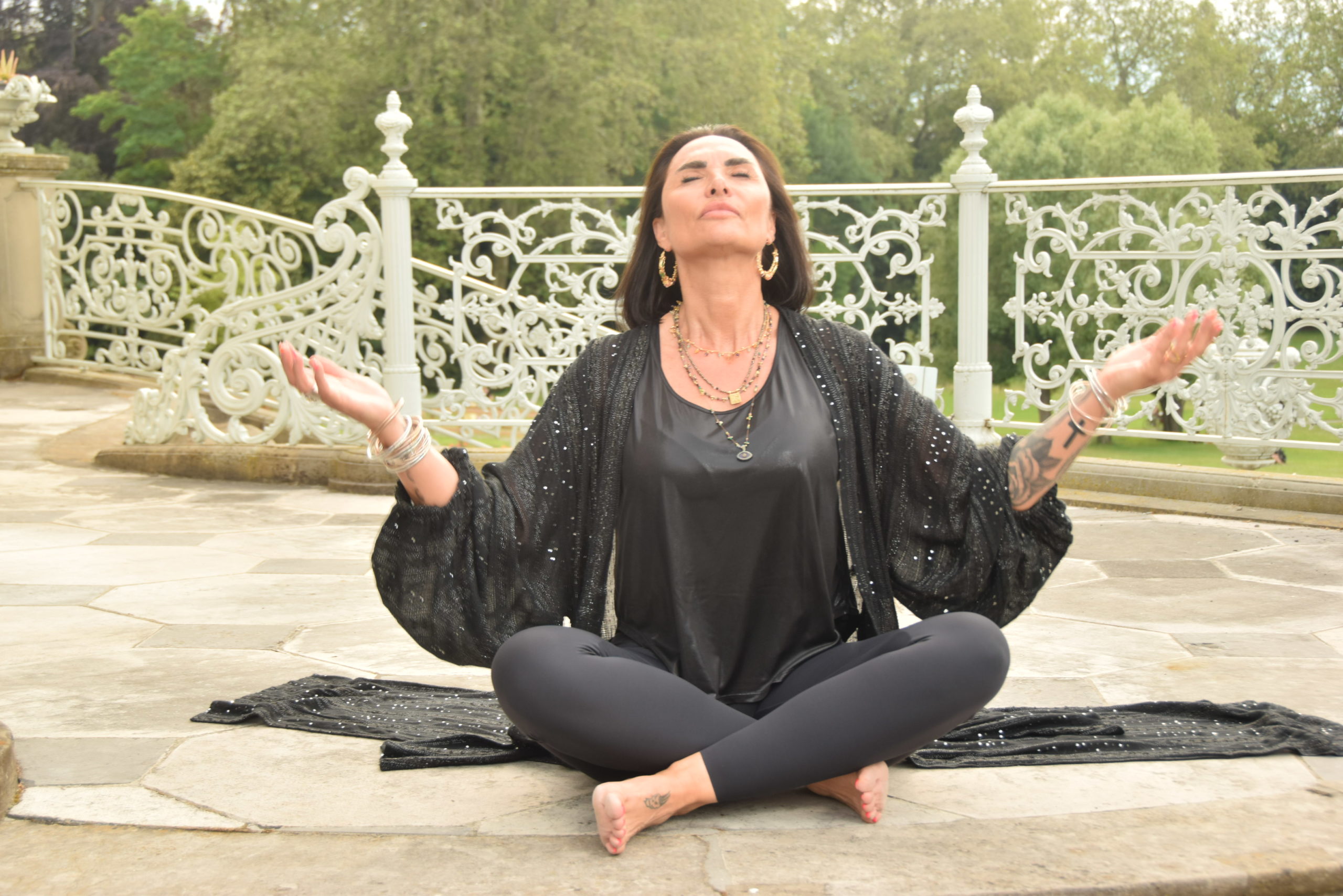Conscious Breathing
The Benefits of Conscious Breathing
Studies have shown that we breathe approximately 20,000 times a day, but most of us don’t breathe properly or deeply. We take shallow breaths that can lead to depression and anxiety. No one teaches us how to breathe from our belly outside of yoga classes. However, abdominal breathing promotes inner peace and immediately calms us down as we bring more oxygen into our bodies. It also connects us to our inner truth. The answers lie within us; we just need to access them. Deep breathing creates a real physiological change by restoring the balance between consciousness and the unconscious, while rebalancing the sympathetic (fight/flight) and parasympathetic (rest/heal) nervous systems. This breathing exercise releases oxytocin while managing and soothing cortisol. Abdominal breathing dissipates blocked energy and stress, creating space for solutions, inspiration, and hope. The benefits of this simple and safe practice are numerous and often felt immediately.

Conscious breathing can help to...
– Improve the functioning of all organs as the body gets oxygenated and the diaphragm massages the stomach, small intestine, liver, pancreas, and heart. It enhances memory and digestion, reduces fatigue, and promotes better sleep.
– Facilitate the detoxification process by stimulating the lymphatic system, which eliminates carbon monoxide that needs to be completely expelled. Breathing allows for 70% of toxins to be eliminated from the body (the remaining 30% is excreted through the bladder and intestines).
– Strengthen immunity by elevating the pH to an alkaline state, increasing the body’s ability to kill bacteria.
– Improve endurance and physical performance by allowing oxygen to reach the deepest parts of the lungs, the alveoli, which nourish the muscles. When muscles lack oxygen, lactic acid accumulates, causing temporary cramps and muscle pain.
– Increase energy by activating the parasympathetic nervous system, which helps relax overworked adrenal glands. Oxygen provides 90% of the body’s energy.
– Reduce stress and induce calmness by controlled stimulation of the sympathetic nervous system through mouth breathing, followed by deliberate activation of the parasympathetic nervous system through natural nose breathing for at least 10 minutes.
– Bring clarity, focus, and/or relaxation by allowing the brain to relax during the session and release emotions. The carbon dioxide level in the blood decreases, reducing the flow of oxygen to the brain. The frontal (analytical, intellectual) part of the brain goes into standby mode to allow the subconscious to work. This is called “transient hyperfrontality.” People may experience euphoria, a sense of invincibility, a reduction in discomfort, and even a loss of the sense of time, physiologically similar to “runner’s high.”

The Practice of Conscious Breathing

